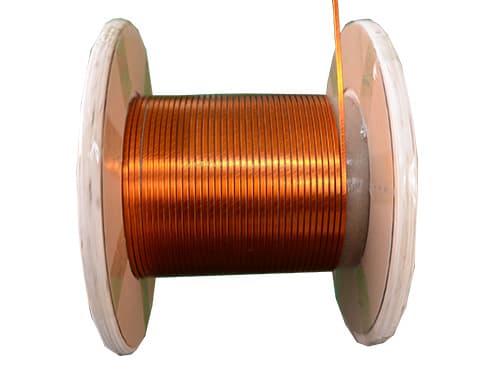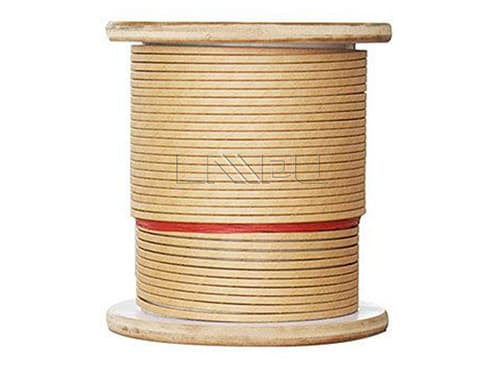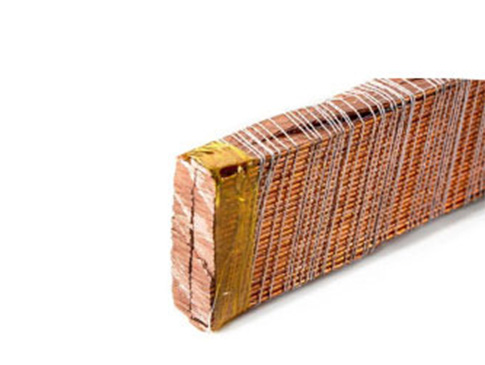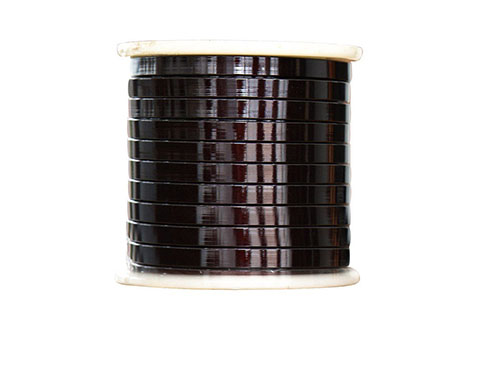Generator : In a generator, the input is mechanical energy and the output is electrical energy.
Electric motor: in an electric motor, the input is electrical energy and the output is mechanical energy.
There are two types of generators: dc generators, ac generators or alternators.
DC GENERATOR: In a DC generator, the armature (conductor assembly) is the rotor and the electromagnetic poles are mounted on the stator. As the rotor rotates in the stator, alternating current (AC) is induced in the armature and collected through commutator plates attached to the motor shaft. The alternating current generated in the armature is converted into direct current through the commutator.
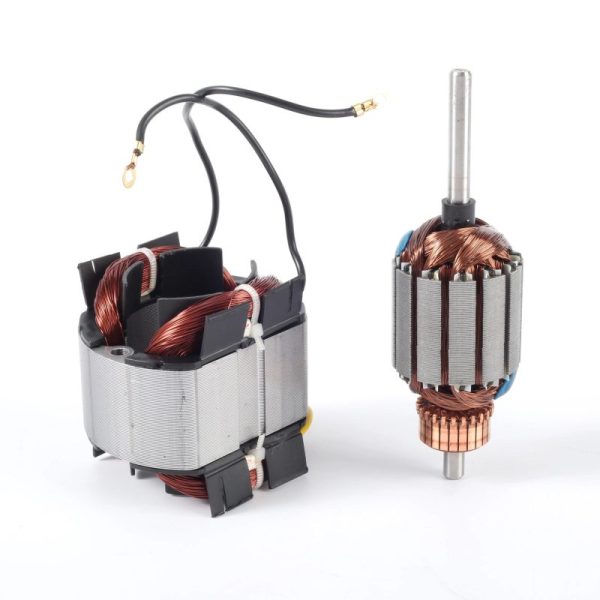
Alternator : In an alternator, the armature is mounted on the inner circumference of the stator. An electromagnet in the stator rotates. The power generated by the static armature is fed directly into the external circuit. The DC power is fed to the rotor electromagnet through a slip ring.
Electric motors can be categorized as DC motors and AC motors.
DC motors: These motors are powered by a DC power supply through a commutator plate attached to the motor shaft. The motor rotates according to Fleming’s left hand rule. DC motors can be categorized into other-excited DC motors, parallel-excited DC motors, series-wound DC motors, and compound-wound DC motors.
There are two types of AC motors. Induction motors and synchronous motors.
Induction motors: they are further categorized into single-phase induction motors and three-phase induction motors. Induction motors can use squirrel cage rotor or wire wound rotor. In an induction motor, a rotating magnetic field is generated when the motor is energized. This rotating magnetic field interacts with the rotor conductor and consequently induces a current in the conductor. The induced current through the rotor conductor is caused by the relative motion between the rotor and stator. In order to minimize the cause of the induced current, the rotor tries to capture the rotation of the magnetic field. As a result, the rotor rotates.
Synchronous motor: In a synchronous motor, a rotating magnetic field is generated in the stator. Here the rotor of the motor is an electromagnet which is magnetically locked to the rotating magnetic field and hence the rotor rotates.
What is armature winding?Coil Winding in the field On the core of the poles, which is located on the stator body. They are always of the concentrated variety. Generator sets, mixer grinder alternators, and armature-based field coils are commonly employed. What Is Armature Winding? Simplex or multiplex armature winding on the motor’s rotor might be lap or wave connected.
What is an example of a simplex armature winding?Simplex or multiplex armature winding on the motor’s rotor might be lap or wave connected. Alternator, Generator Set, Mixer Grinder, and Dc Motor are examples of this. Coil Winding Armature and Field Coils operate together in the Mixer Grinder, resulting in a motor that runs at a very high speed.
What are windings in electric motors?
Windings in electric motors are wires put into coils, often encased around a coated flexible iron magnetic core to shape magnetic poles while being reinforced by the current. Salient and non-salient pole magnet field pole variants are offered for electric devices. Below is a diagram of a motor’s windings.
How to calculate motor winding wire?
An ohmmeter can be used to calculate the motor winding wire. Connect the red-colored positive wire of the multimeter to the positive terminal of the motor’s windings. Similarly, connect the black negative terminal to the black negative terminal of the motor’s windings.
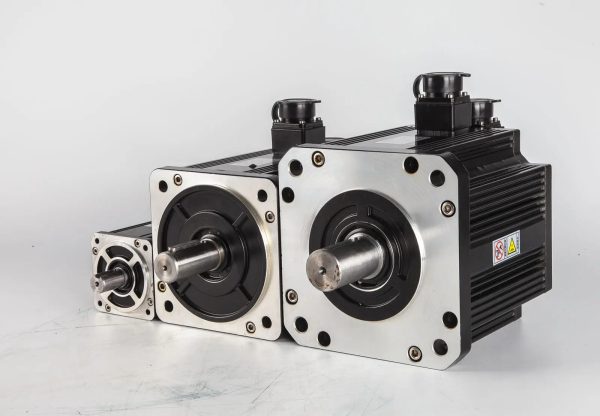
Enameled wires are used as insulated wires, which consist of conductive copper wires wrapped in an insulating varnish film, and the coils in motors are usually made of enameled wires. Enameled wires can be selected in different sizes and insulation levels to suit the operating conditions of the motor according to different current and voltage requirements.
Insulation Protection: The insulating varnish of enameled wire provides good insulation protection against electrical short circuits between the coil and other metal parts or between coils. This helps ensure proper motor operation and improves safety.
Wire connection: Enameled wire can be used as a connection wire for the internal wires of a motor. By connecting different coils and other electrical components, the circuit system of the motor can be constructed for electrical energy transmission and control.
We have the knowledge and experience to help your business grow. We have customers all over the world, and our factories are uniquely situated to meet your motor and generator needs. Lamp’s products are exported to Asia-Pacific, Europe and America, and we are a qualified enameled wire supplier for ABB, Siemens WEG and other companies. We have been focusing on our customers around the world and continue to provide industry leading quality and service.





